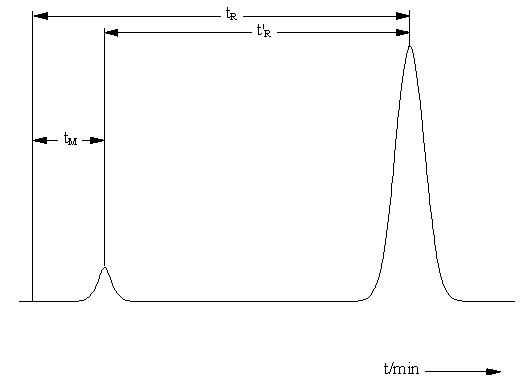Primer
What Is Adjusted Retention Time and Hold-Up Time in HPLC?
When learning chromatography, it's important to understand the concept of hold-up time—a key part of interpreting retention data.
Hold-Up Time (tₘ)
Hold-up time (also called dead time) is the time it takes for a non-retained compound—usually a very small molecule that does not interact with the stationary phase—to pass through the column and reach the detector.
Think of it as the minimum time anything can take to travel through the column, carried only by the mobile phase.
Adjusted Retention Time (tᵣ′)
To better understand how long a compound is actually retained due to interactions with the stationary phase, we use adjusted retention time:
[ tR' = tR - t_M ]
Where:
- tᵣ = observed retention time of the analyte
- tₘ = hold-up time (non-retained compound)
This adjustment removes the baseline travel time and gives a clearer picture of how strongly the analyte interacts with the stationary phase.
Tip for Beginners: If a compound’s retention time equals the hold-up time, it means it wasn’t retained—it just flowed straight through.
Would you like a simple diagram or visual to go along with this explanation? It could help illustrate the concept for training or onboarding materials.
In the chart below, t R is the retention time and t M is the hold-up time.


